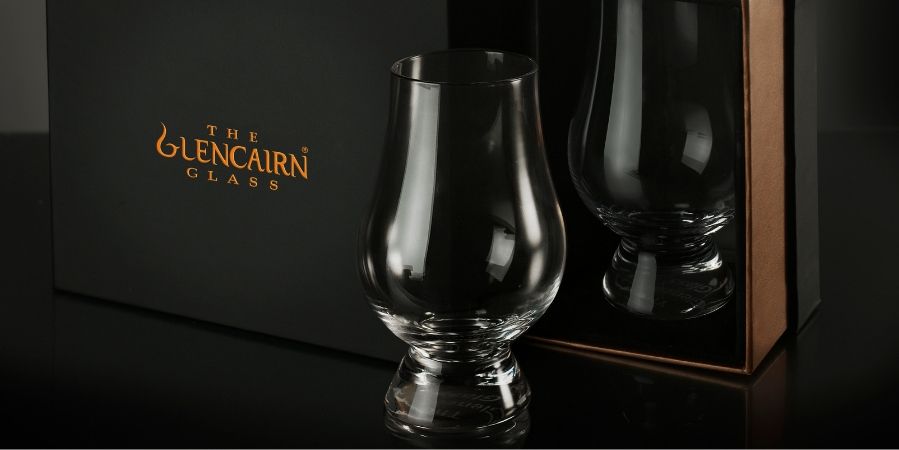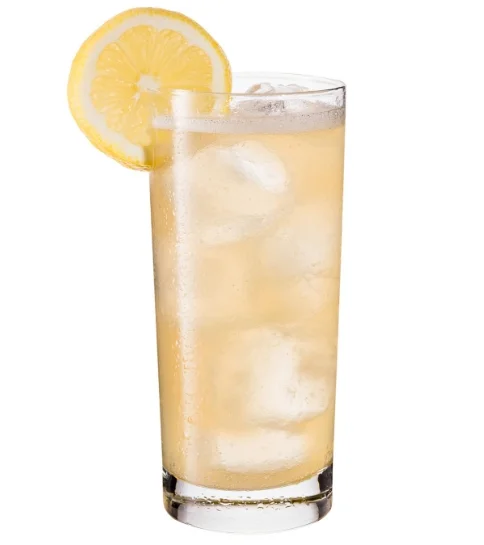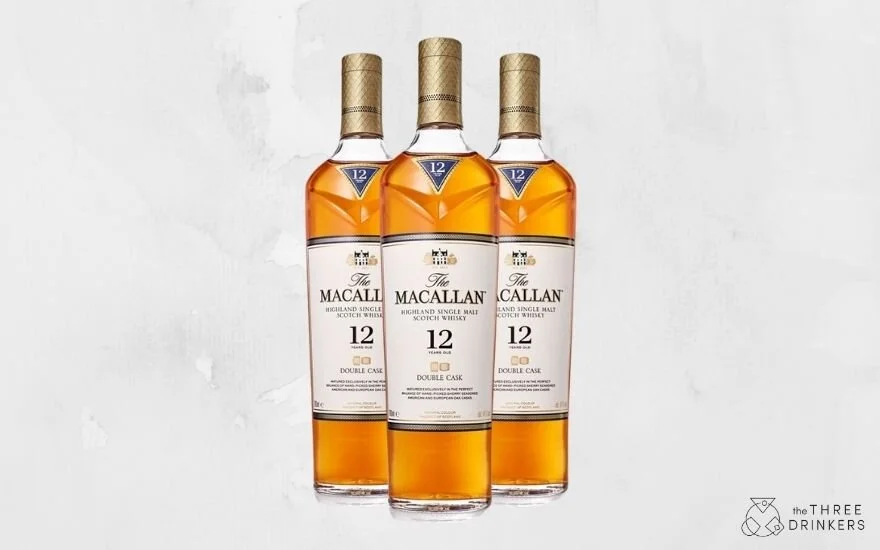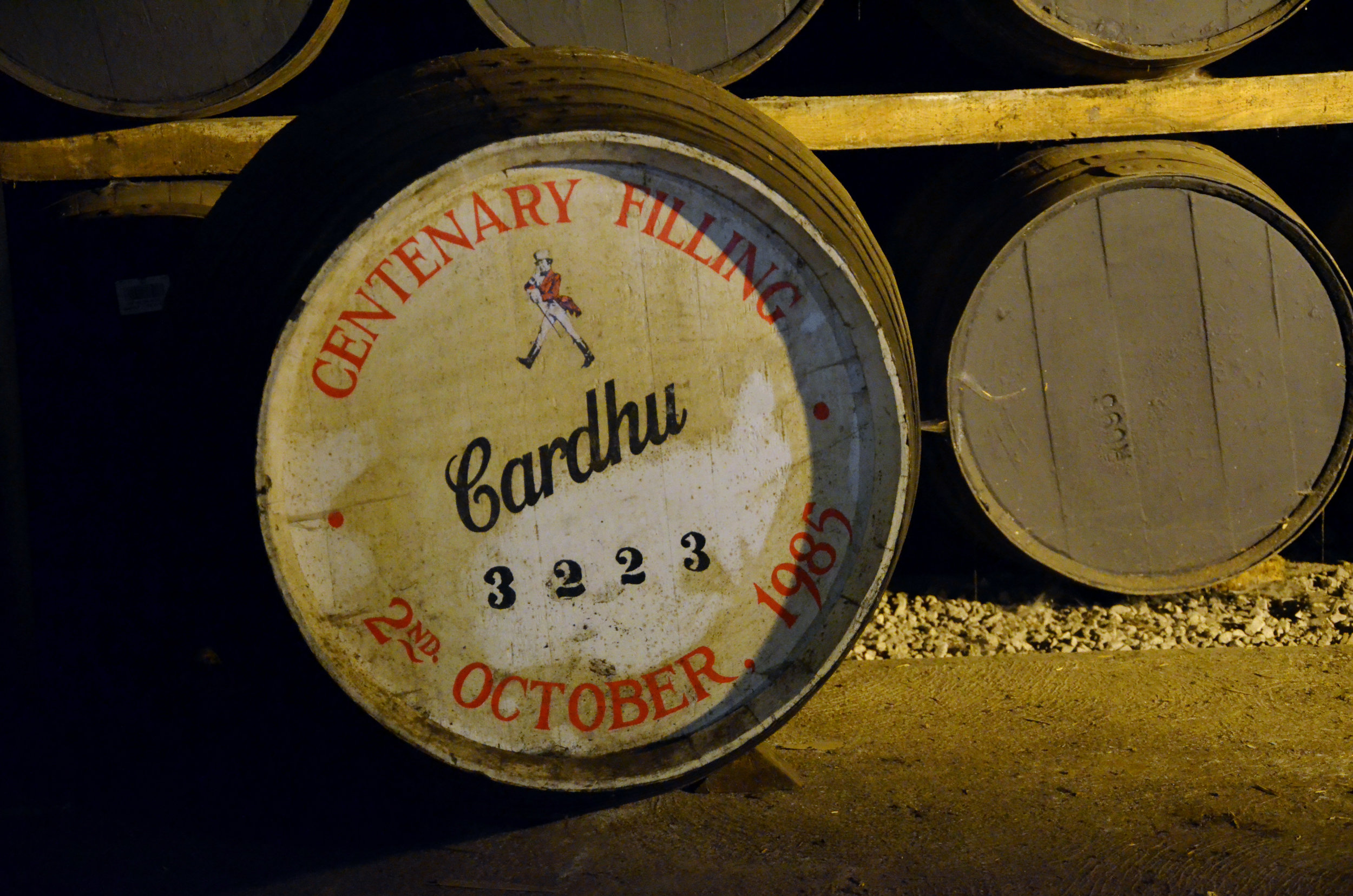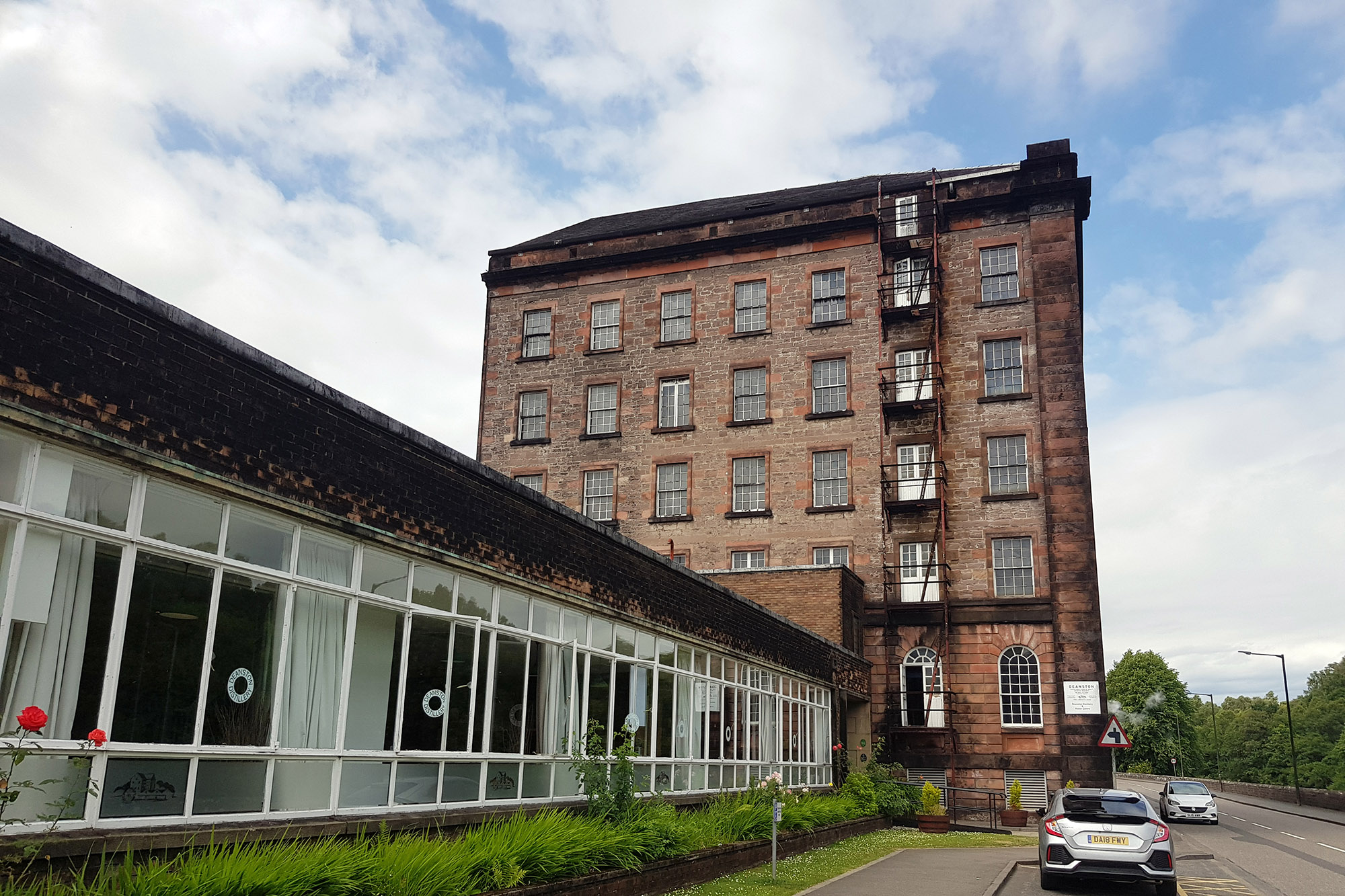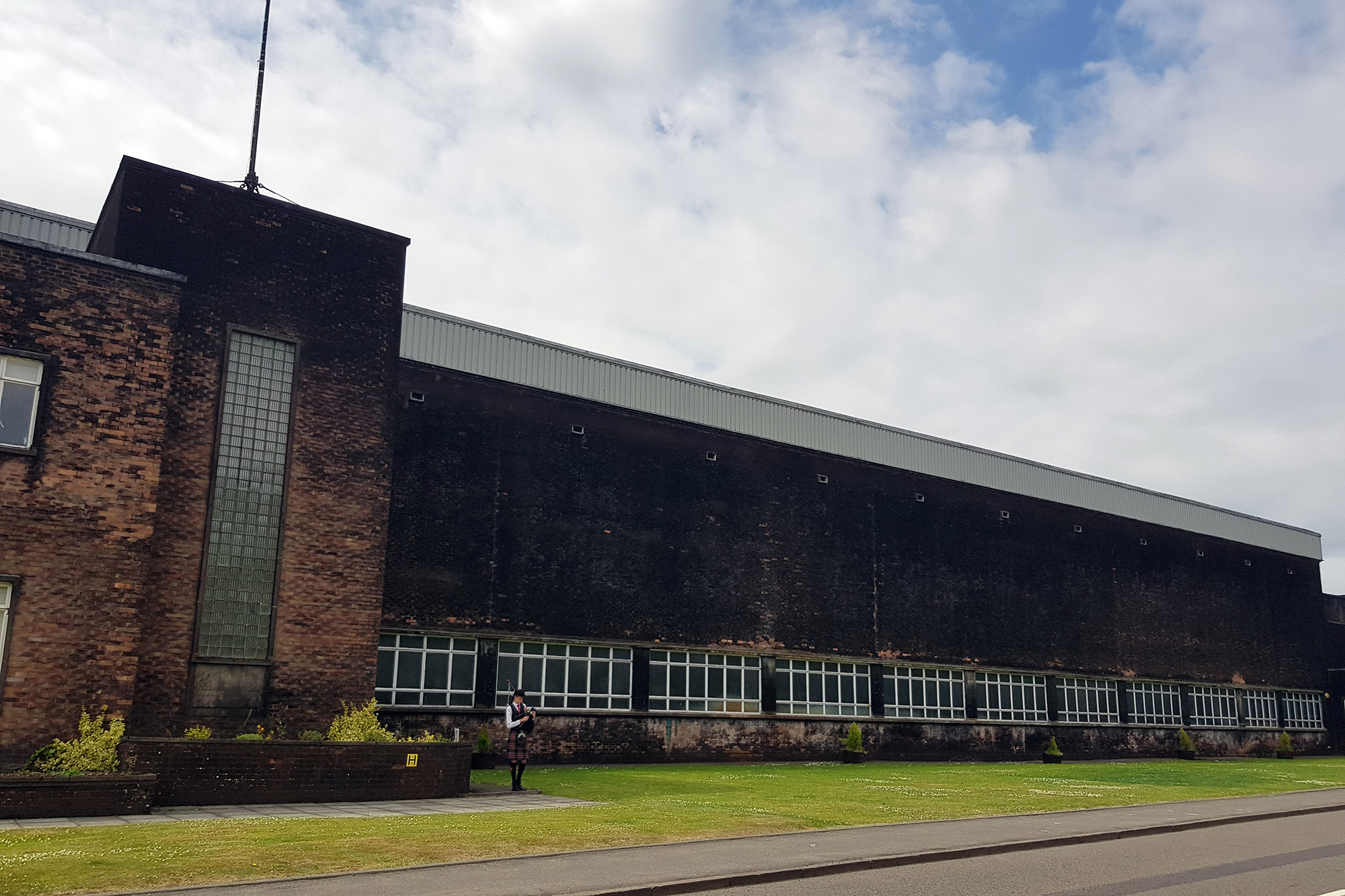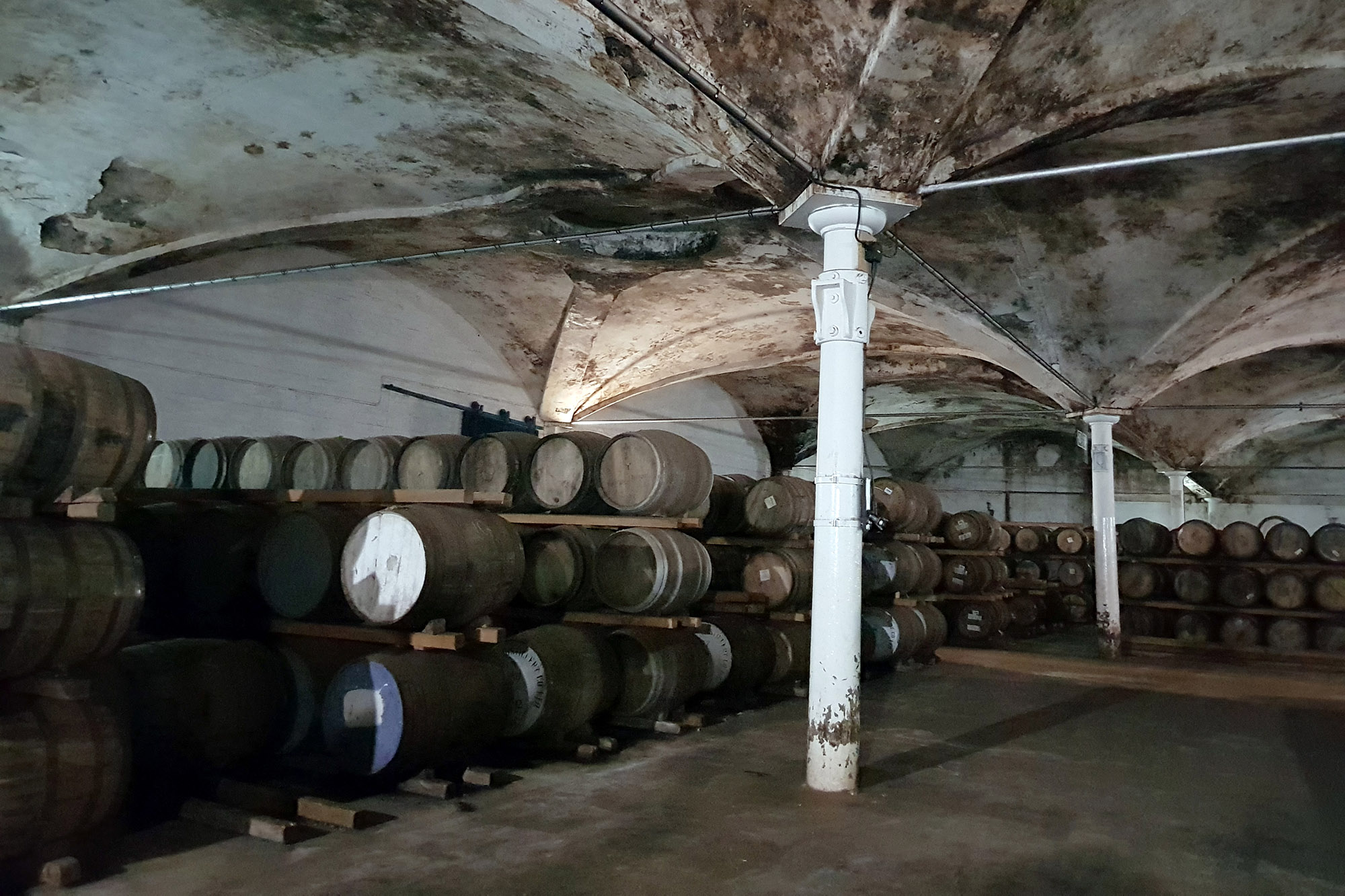Our friends at Rabbie’s, our travel partner for our Scotch whisky travelogue series on Amazon Prime, have given us 23 fun facts about whisky. How many of them did you know already?
Bernard Shaw described whisky as liquid sunshine, and we can’t help but agree. Although the sunshine can be a little bothersome the next morning when you’ve indulged in one too many glasses.
Mark Twain begs to differ, however, as he’s famous for boldly declaring “Too much of anything is bad, but too much good whiskey is barely enough.”
What could we possibly have to tell you about whisky that you haven’t heard from these great poets, playwrights and avid whisky drinkers? You’d be surprised. Whisky has a long history and its makers and consumers are fond of a good blether.
So whether you’re a whisky aficionado or have only just begun your love affair, you may be surprised by a few of the following facts:
Whisky or Whiskey - what’s the difference? The Irish spell it with an ‘e’ whereas the Scots spell it without one. This is due to the variations between Scottish and Irish Gaelic.
The New York Times famously used the word ‘whiskey’ with an ‘e’ to encompass all forms of the spirit from all locations. This caused so much outrage amongst readers, they were forced to change their style guide to reflect the appropriate spelling for their regional distribution.
Many distilleries store casks of whisky belonging to other brands and distilleries in their warehouses. This way, if a fire or catastrophe occurs, they won’t lose all their stock.
The term whisky in Gaelic translates to ‘water of life.’
When whisky is stored in barrels for maturation, approximately 2% of the liquid evaporates per year. This is called the ‘Angel’s Share’ as this portion of liquid gold seemingly disappears into the heavens. It keeps the angels in good spirits.
Moonshine is typically un-aged whisky with a high alcohol content, which is made illegally. It’s called moonshine because it would be created under the light of the moon, hidden from the eyes of the authorities.
A bottle of Macallan Fine and Rare 60-year-old 1926 was sold for £1.38 million in October 2019, setting a new world record for the most expensive bottle of whisky.
Whisky doesn’t age once it’s bottled. So there isn’t much point in saving it for a rainy day, just crack it open when you feel like it.
Whisky gains its colour from the barrel it’s aged in. Sometimes, for the sake of product image, brands may put caramel colouring in a batch to make the whisky look more consistent when bottled on the shelf. The additive isn’t supposed to affect the taste of the whisky.
Scotland relies on a constant supply of oak casks previously used to store bourbon in the US for maturing whisky.
Much of the flavour of a batch of whisky will depend upon what was stored in the cask previously. Bourbon, sherry, rum and port casks all generate different finishing flavours.
A Swedish distillery has started using AI to help generate the perfect whisky recipe based on past and current consumer trends.
Surprisingly, France and India are two of the biggest consumers of whisky, alongside the US.
The iconic American soda brand Mountain Dew was originally intended to be a chaser for sub-par whisky.
Just as the Brits say “cheers”, the Germans shout “prost” and the Spanish yell “salud,” you’ll find the Scots chinking whisky glasses and saying “Slàinte,” which means “good health,” as they share a dram with friends.
Contrary to popular belief, nosing isn’t the act of sticking your conk in other people’s business. It’s what you do when you inhale the aromas of a fine whisky before drinking it.
A copper dog is a device that was used by distillery workers to smuggle whisky home after a hard day at work. It’s copper pipe with a penny soldered on one end and a cork stopping the other. A wily employee would dip it into the cask to fill it with whisky, and then smuggle it home in his trouser leg.
When the TV show Mad Men hit the air, it spurred a significant spike in orders for Old Fashions at bars worldwide. In some areas, the demand for Canadian Club almost doubled.
Diageo, one of the world’s largest distillers, released a Game of Thrones collection of Whisky in 2019, in preparation for the final season of the hit TV show. They paired Scottish distilleries with the prominent family houses of the seven kingdoms. Each was matched up carefully, considering house traits alongside distillery history. Cardhu was paired with house Targaryen for its past of strong female ownership.
Ardbeg, a popular Islay distillery, sent vials of their whisky to the International Space Station in 2011 to see how the gravity in space would affect compounds of the whisky over time.
The term ‘dram’ widely adopted in the Scottish vernacular, is believed to have evolved from an apothecary’s units of measurement.
Keeping with the theme of whisky and medicine, during the prohibition era the only whisky legally imported by the US was scotch whisky, as it was often prescribed to ease many illnesses.
And last but not least, Humphrey Bogart’s final words are rumoured to have been “I should never have switched from scotch to martinis.” May we live and learn from Bogart’s mistakes.
Discover whisky for yourself on a tour with Rabbie’s here!



